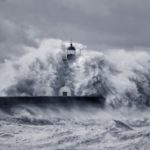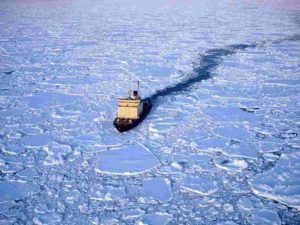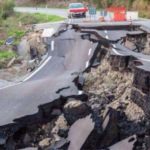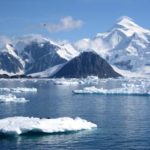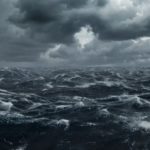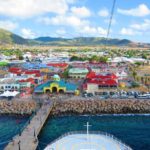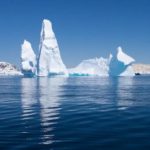20 interesting facts about icebergs
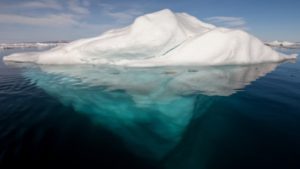 Icebergs are not only beautiful, but also dangerous. Now, with the development of tracking systems and noticeable progress in the manufacture of ships, they pose a much smaller threat than before, but, nevertheless, this threat still exists. Which does not reduce the number of tourists who want to see them with their own eyes, despite the fact that hunting for icebergs is not a cheap pleasure.
Icebergs are not only beautiful, but also dangerous. Now, with the development of tracking systems and noticeable progress in the manufacture of ships, they pose a much smaller threat than before, but, nevertheless, this threat still exists. Which does not reduce the number of tourists who want to see them with their own eyes, despite the fact that hunting for icebergs is not a cheap pleasure.
In the Northern Hemisphere, they pose a greater danger than in the Southern Hemisphere, because due to the nature of the currents they descend to lower latitudes, where active sea routes of ships lie.
The famous Russian scientist Lomonosov described in detail the nature of icebergs several centuries ago.
Icebergs can drift in the sea for years, but if the current and winds carry them into warmer waters, they can melt very quickly.
To track potentially dangerous icebergs, they are marked with bright paint and GPS beacons are dumped on them.
The younger the iceberg, the whiter it is. As it ages, the color changes to bluish or greenish, as particles of ice in it are replaced by air.
Icebergs are not only like a floating mountain, but also flat, like a table. Such flat icebergs have more than once been accepted by sailors as islands.
The largest iceberg in history, 335 km long and 97 km wide, was discovered in 1956. Its area exceeded the area of such a country as Belgium.
There is more fresh water in all icebergs floating right now on the seas and oceans than in all the rivers and lakes of the Earth combined.
The weight of an iceberg can easily exceed three to four million tons.
Drifting ice is a threat to oil platforms, so some oil producers track them and, if necessary, move them to another place using powerful tugs.
About 90% of the iceberg is always under water, over which only 1/10 of its part rises above the surface.
The height of the surface of some icebergs can reach 35 meters.
In the Southern Ocean, ice pinks are sometimes found.
Thanks to currents, blocks of ice from Antarctica sometimes even sail to the hot Brazilian city of Rio de Janeiro.
Near the coast of Antarctica, about 100 thousand icebergs constantly drift, but most of them are not large in size.
The international iceberg tracking service was created by seventeen countries after the disaster with the Titanic, in which about one and a half thousand people died.
Some bold research projects suggest using icebergs to provide clean drinking water to residents of arid regions.
Particularly large and stable icebergs are sometimes equipped with temporary research stations.
Sometimes icebergs from the Northern Hemisphere even sail to the hot Bermuda Islands, where, however, they melt quickly.
Translated from the German language, the word “iceberg” means “ice mountain”.
